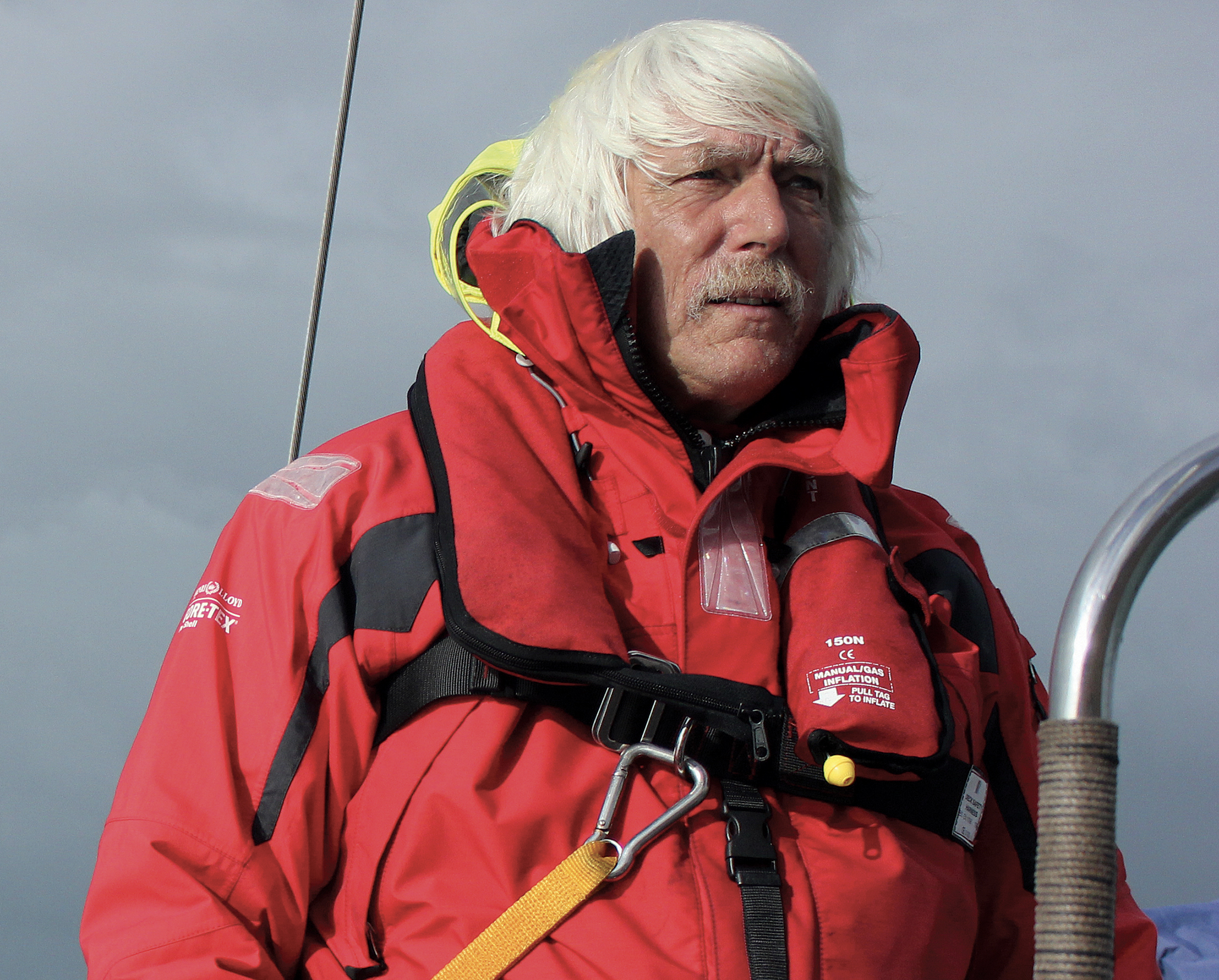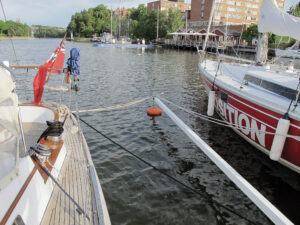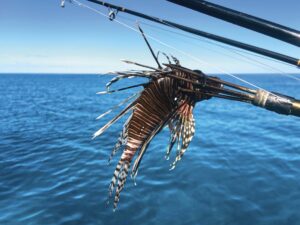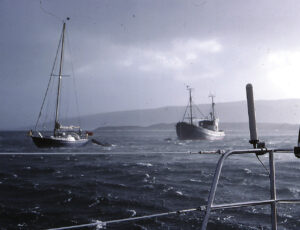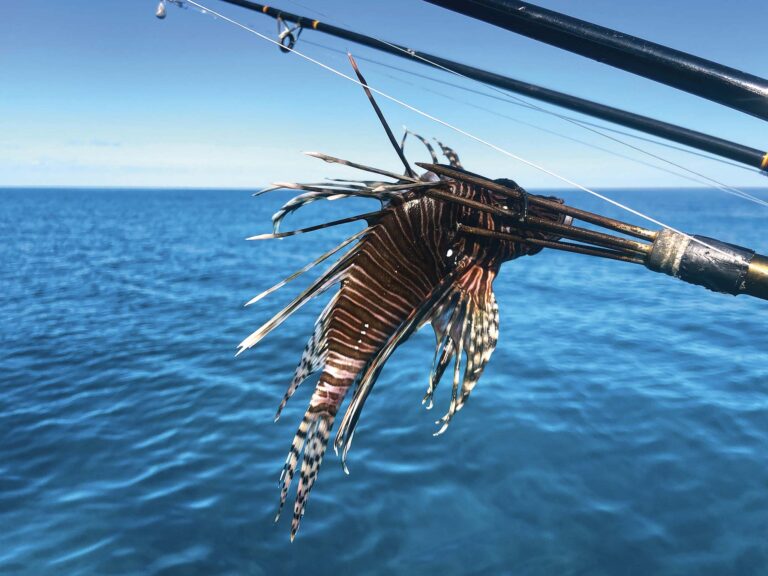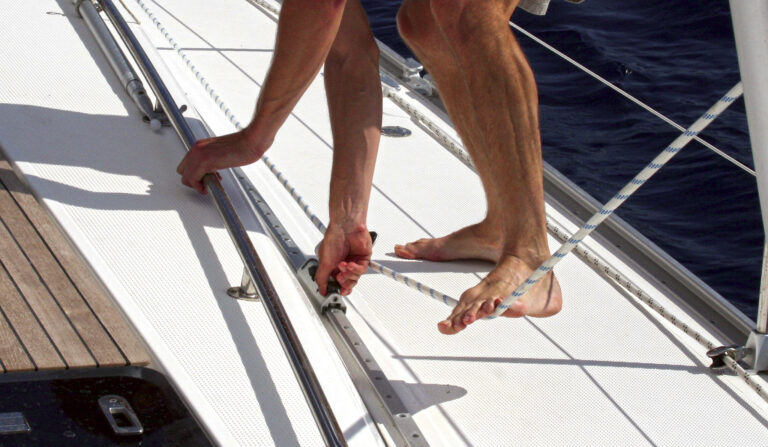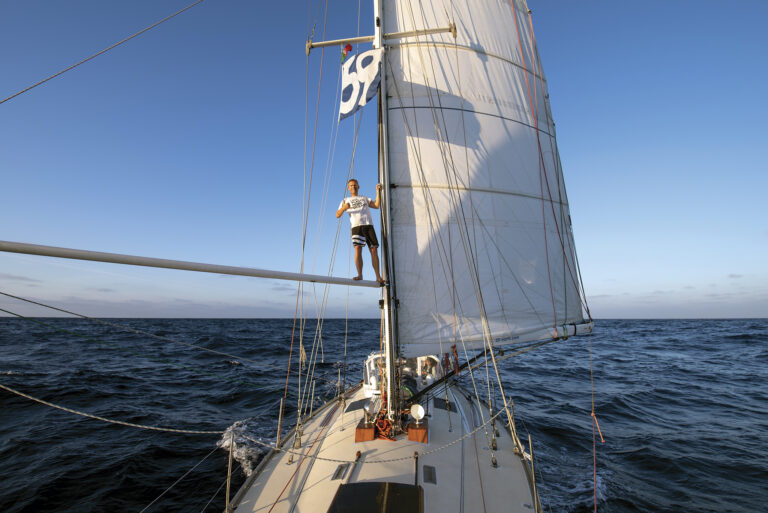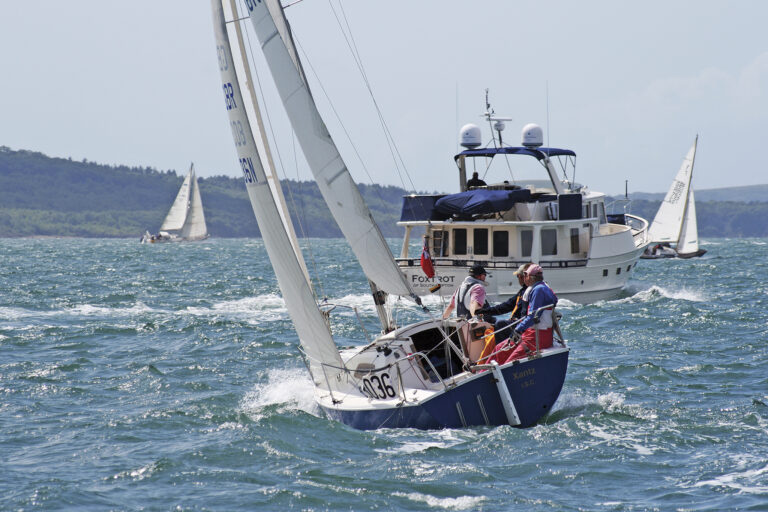When Friction is Your Friend
Changing engine oil filters has always been a bit of a battle for me. They tighten up in use, and there’s never enough space to get hold of them with a strap wrench. Trying to grab them by hand, which should be possible, never works because the things are just too slippery. Find a piece of rough sandpaper and wrap it around the filter unit. Grab it with your hand and, nine times out of 10, there will be enough friction for you to wind it off. It can help a rubber strap wrench too, unless, of course, some human gorilla has graunched it on too hard.
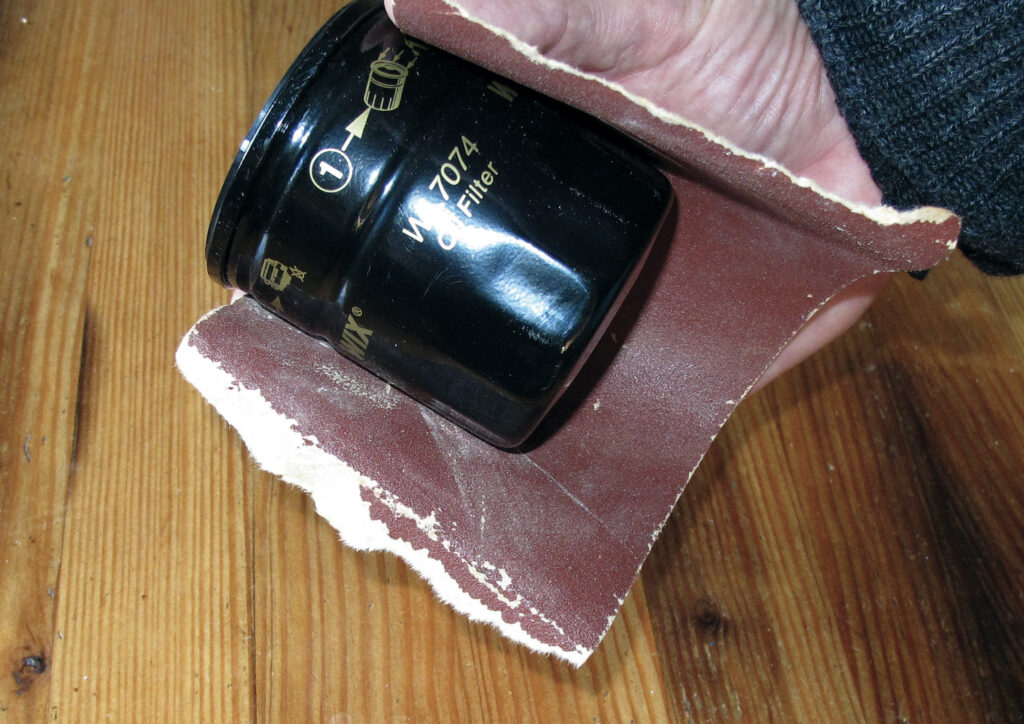
Use the Slack Water
You won’t often find water as slack as it is in this Dutch canal, so if you aren’t sailing in a locked-in system, check a passing lobster trap buoy around the turn of the tide for current. If there’s no stream you’ve a great opportunity to set up compass and log. Compass checking was once a big deal; calibrating a distance log was time-consuming and inherently inaccurate, involving measured miles between charted ranges. That’s all history now.
Set the GPS readout to degrees magnetic. So long as there’s no current and you aren’t making leeway, the COG (Course Over Ground) should read the same as the compass. Any discrepancy is deviation on that heading. Note it down, then steer for 50 yards or so on as many headings as you can, and you’ve swung the compass.
Next, download the manual to find how to calibrate your through-hull log. Head in a straight line until the SOG (GPS Speed Over Ground) settles, then adjust the knot reading to coincide. It’s spot-on until the next barnacle fouls the impeller.
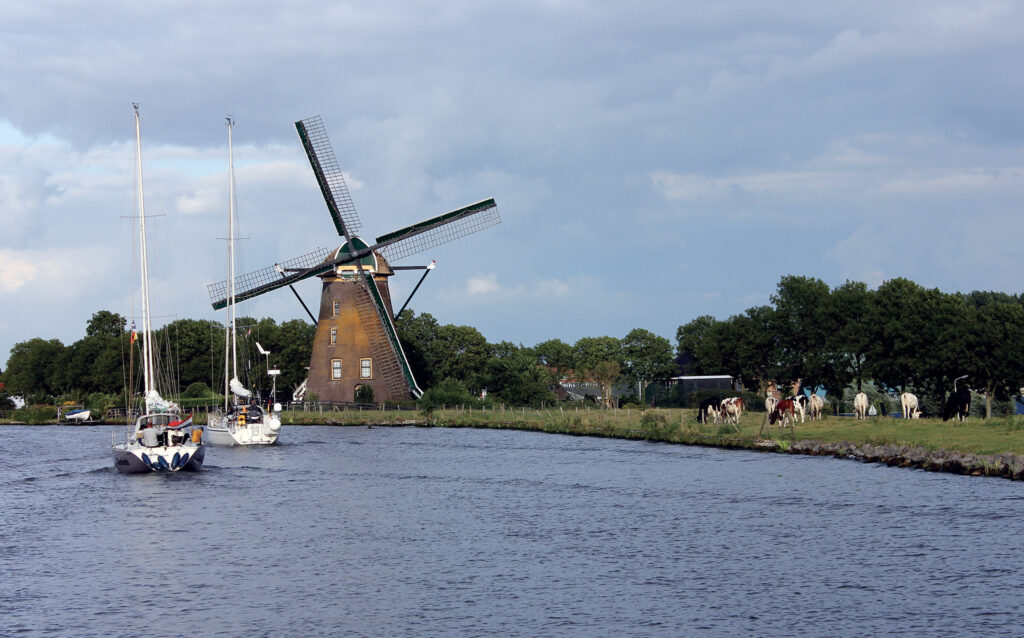
May 2025

